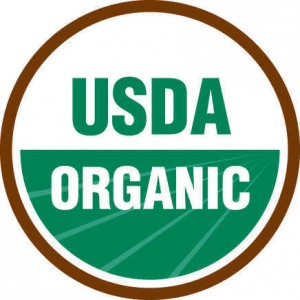The possibility of modern organic farming is largely unrealized, but organic and regional food markets are reaching an tipping point. The surge of organic farming has been driven by small, independent producers, and by customers. The organic motion has created in feedback to an expanding need for organic products.
In the 1980s all over the world, numerous farming and customer groups started seriously pressuring for federal government regulation of organic production. The federal government started taking the first steps towards managing organic, and so-called health foods.
groups started seriously pressuring for federal government regulation of organic production. The federal government started taking the first steps towards managing organic, and so-called health foods.
In late 1999, the USDA finally released an initial recommended draft of nationwide organic specifications. It was noticeable the fad was expanding in 2000 when, for the very first time, a lot more organic food was marketed in traditional supermarkets than in farmers markets or food cooperatives. The initial goal for regulation was to define organic and recommend specifications to define health foods. Unlike other types of sustainable farming, chemical-free farming has usual requirements which are legally applied and which guarantee ecological, animal welfare, and health benefits. Currently all food manufacturers, including natural farmers and processors, should adhere to county, state and federal health requirements.
National standards for organic food manufacturing are now well established and consumers can be positive in the organic tag. Some states passed their very own legislation regarding organic fruit and vegetables. Iowa passed Chapter 190 in 1990, and developed charges for manufacturers falsely determining their products as organic. This is not lost on customers and about 70 per cent of people now acquire organic food at least occasionally, although it only makes up 1 per cent of food sales.
The organic effort is global and in 108 countries, there is licensed organic farming that’s being generated and exported.